IoT solution for the new 4.0 Agriculture
The Information Technology 4.0 era has had a significant impact on all aspects of life, including agriculture. The agriculture sector has traditionally been associated with conventional characteristics, but the agricultural industry is not immune to the impact of the Information Technology 4.0 wave. IoT technology with factories, farms, and a smart agricultural ecosystem is one of the new technologies contributing to beneficial improvements in the agriculture business. Let’s look at IoT’s great solutions and benefits to this industry in this Rikkeisoft blog!

The ease of internet connectivity and cheap computing have made it possible to incorporate IoT solutions in farming. Here are some examples of how IoT can be used for the agriculture industry.
-
Precision Farming: Also known as precision agriculture, precision farming can be thought of as anything that makes farming practice more controlled and accurate when raising livestock and growing crops. This is one of the most famous applications of IoT in the agricultural sector, and numerous organizations are leveraging this technique around the world.
-
Monitoring of climate conditions: A climate change monitoring system integrates satellite observations, ground-based data, and forecast models to monitor and forecast changes in the weather and climate. Probably the most popular smart agriculture gadgets are weather stations, combining various smart farming sensors. Located across the field, they collect various data from the environment and send it to the cloud. The provided measurements can be used to map the climate conditions, choose the appropriate crops, and take the required measures to improve their capacity (i.e., precision farming).
-
Smart Greenhouse automation: Greenhouse farming is a method of increasing agricultural, vegetable, and fruit yields. Greenhouses control environmental factors in one of two ways: manually or via a proportional control mechanism. Through IoT embedded systems, a smart greenhouse not only monitors but also manages the environment. As a result, there is no need for human intervention.
From 2019-2020, Rikkeisoft has developed the “Smart Agriculture” solution for our Japanese customers. Rikkeisoft has successfully constructed an IoT-applied smart technology system to meet client needs effectively by understanding customer requirements for developing an automated monitoring and control system for a greenhouse vegetable garden. Rikkeisoft is more confident in applying the extraordinary advances of IoT to its products after the first IoT achievements in the agriculture industry. In the future, our team will continue to research and improve products for use in the country’s agricultural business, thereby boosting the harvest quality for Vietnamese farmers.
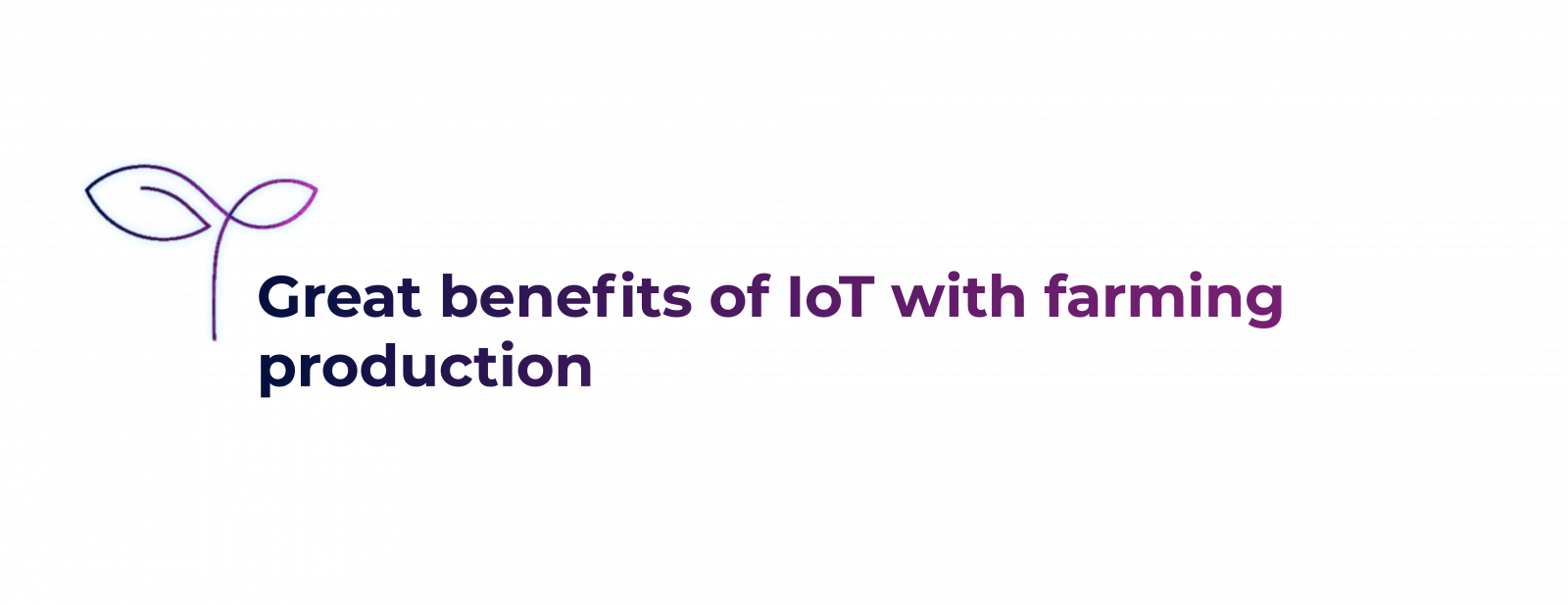
The use of IoT in agriculture has the potential to transform humans and the world as a whole. We are currently witnessing how harsh weather, eroding soil, dry areas, and collapsing ecosystems are making food production increasingly difficult and costly. Here are several benefits that IoT brings to the development of agriculture.
-
Data collection: All data can be collected using the sensors that have been installed. For example, Weather conditions, animal health, crop conditions, and so on are examples of such data. Therefore, farmers can simply review and analyze data in one spot to make the best decision possible.
-
Risk Reduction: When farmers understand what problems are happening with their production process, they can grasp the situation in the future and forecast some issues that may occur. Moreover, farmers also can use the collected data to increase the sale activities and improve their working process to save time and money.
-
Reduce Resources: Plenty of IoT solutions are focused on optimizing the use of resources—water, energy, land. For example, precision farming, as mentioned above, using IoT relies on the data collected from various sensors in the field, which helps farmers accurately allocate just enough resources within one plant.
-
Improve Product Quality: The application of IoT in agriculture can help farmers improve their product quality by using soil and crop sensors, aerial drone monitoring, and farm mapping. As a result, farmers better understand detailed dependencies between the conditions and the quality of the crops, which boosts the nutritional worth of the items by using connected systems.
Conclusion
In conclusion, markets will grow and collapse, disruptive business models will emerge or die, but people will always need food and drink to maintain their life. For this reason, the development of such areas as food production and farming activities will always be a priority, especially given the dynamics we observe in the world today. Therefore, IoT used in agriculture has a promising future as a driving force of efficiency, sustainability, and scalability in this industry.
Rikkeisoft hopes you found these IoT solutions for Agriculture helpful for your company to apply. If the post inspired you to consider taking similar steps, contact us via [email protected], and we will prepare an IoT solution for you! To see more technology blogs, let’s dig in Rikkeisoft
More From Blog
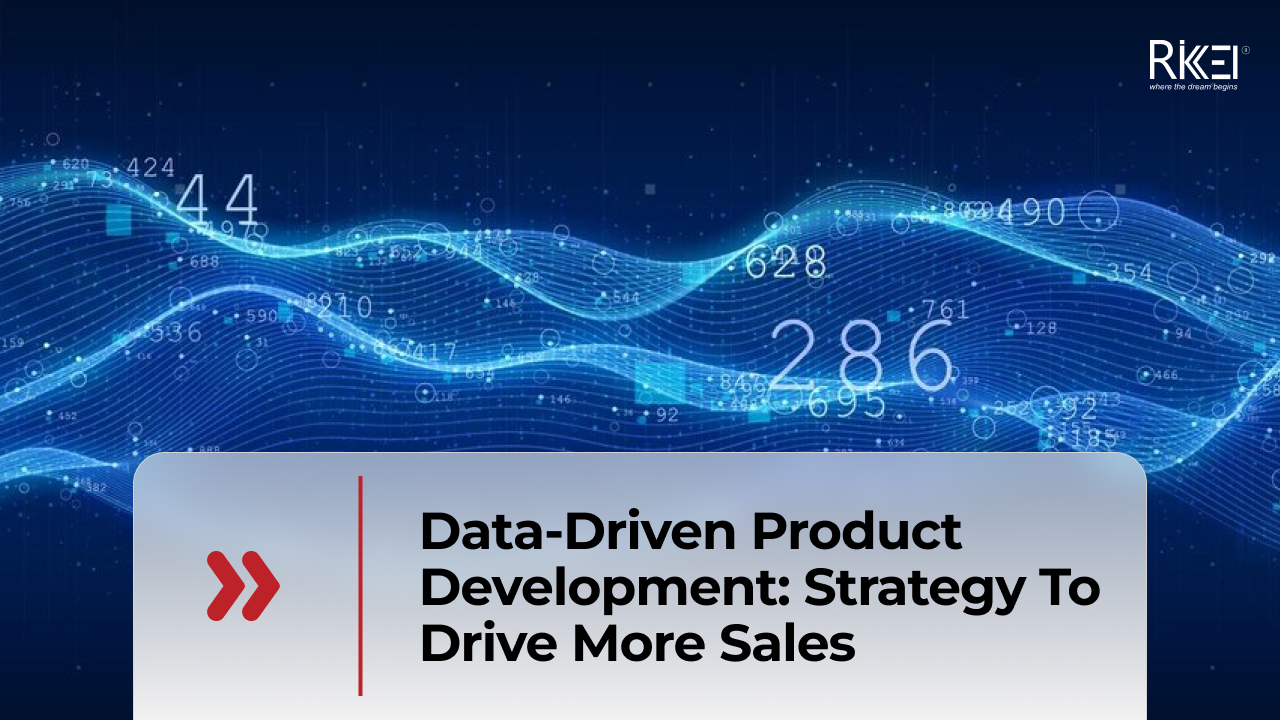
August 8, 2024
Data-Driven Product Development: Strategy To Drive More Sales
As a business owner, you want your products or services to be well-received upon launch. The most effective way to create a product that satisfies a broad range of customers is to gain insights into their needs and behaviors from the outset. The key lies in data-driven product development, a strategy that many companies have […]
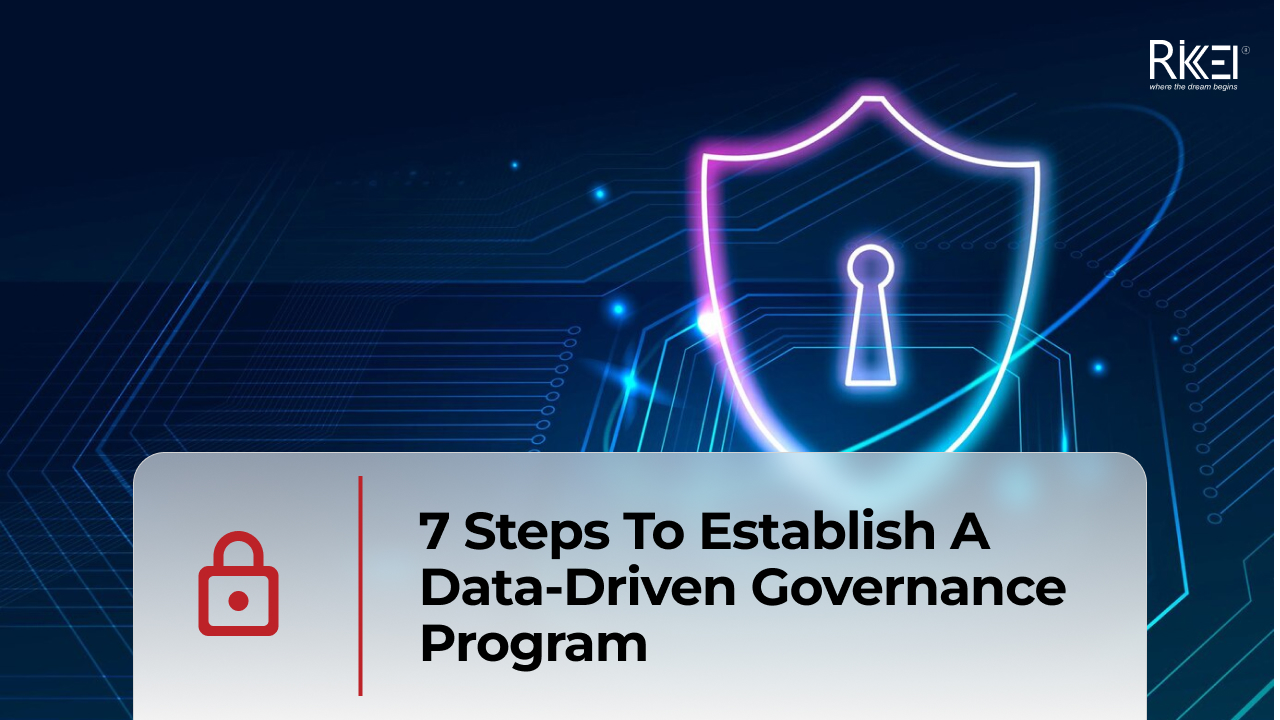
August 8, 2024
7 Steps To Establish A Data-Driven Governance Program
While data-driven approaches significantly benefit organizations in various ways, failure to govern the huge data sets will hurt your business even more. Effective data management also ensures data quality and security. That’s why there is an increasingly high demand for data-driven governance programs. Continue reading for a detailed guide! What Is Data-Driven Governance? Surprisingly, many […]
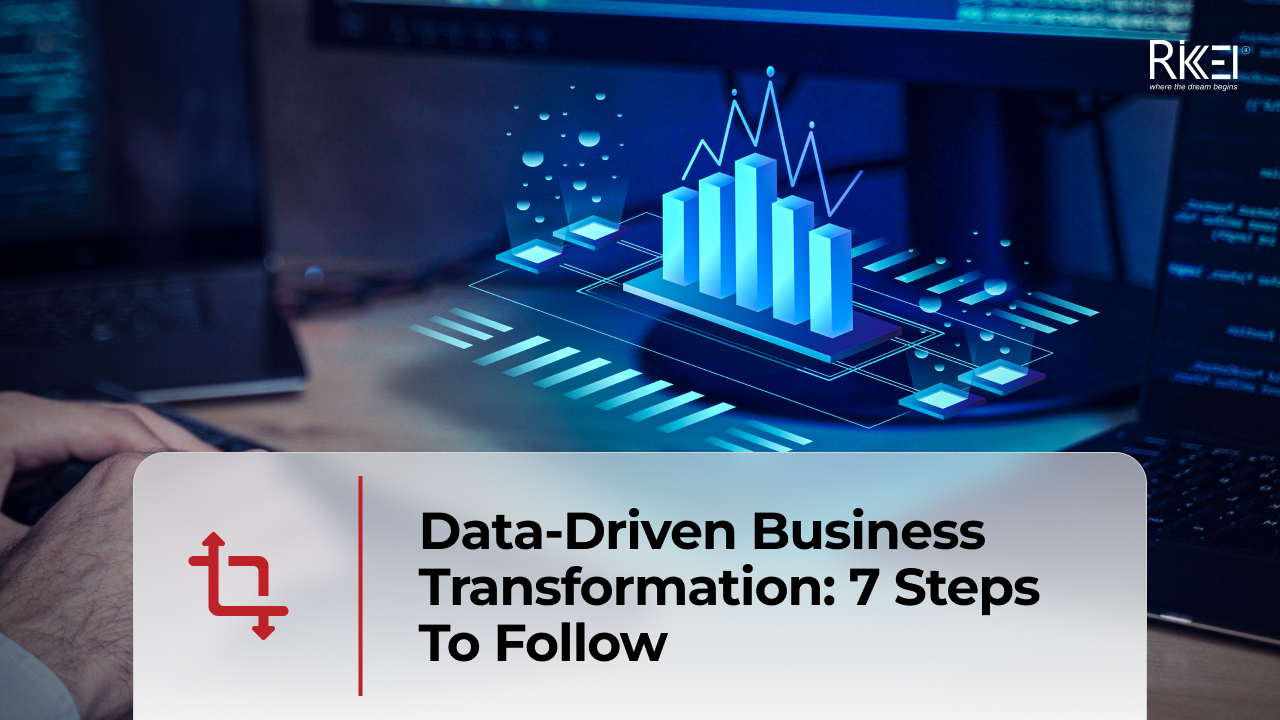
August 8, 2024
Data-Driven Business Transformation: 7 Steps To Follow
Data empowers businesses to make well-informed decisions in different departments, like marketing, human resources, finance, and more. As a business owner, you should also employ data-driven approaches to skyrocket productivity and efficiency. If you are still new to this concept, scroll down for an in-depth guide on data-driven business transformation. What Does A Data-Driven Business […]
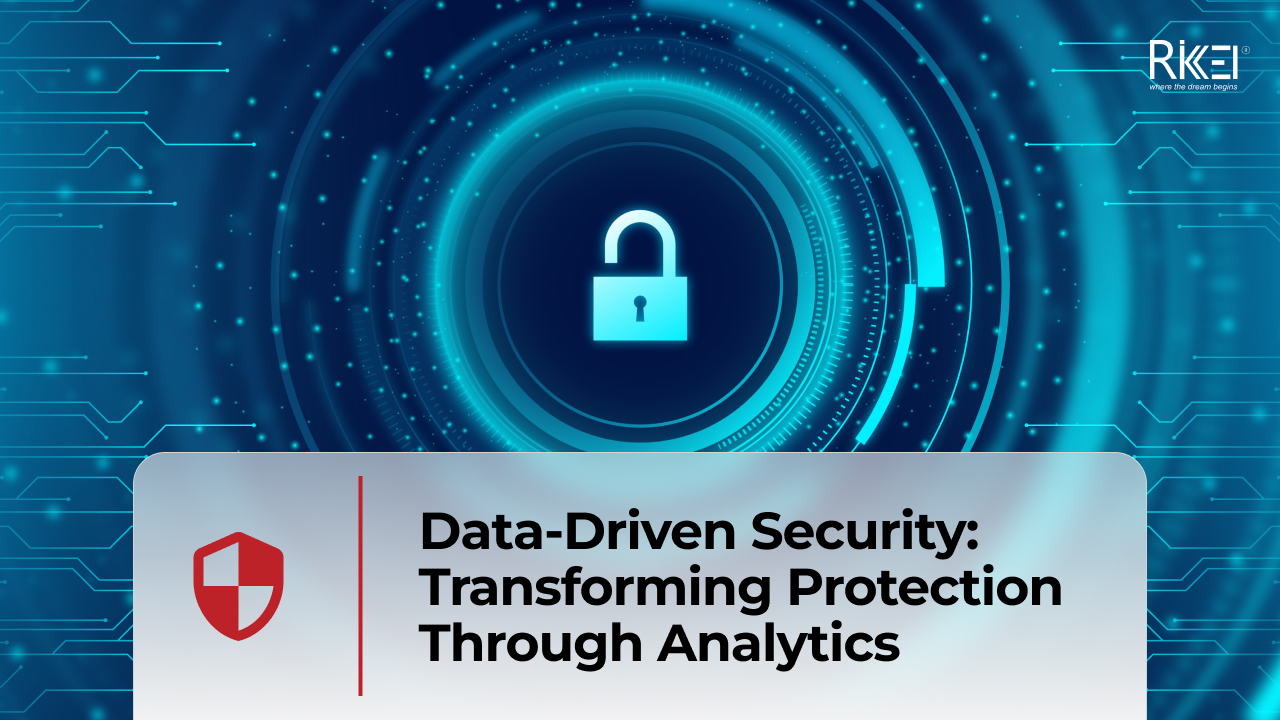
August 8, 2024
Data-Driven Security: Transforming Protection Through Analytics
Cybersecurity was once an afterthought for most organizations. But in today’s digital landscape, it has become mission-critical. With this transformation has also come a shift in how security decisions are made. Rather than relying solely on intuition and tradition, leading organizations are embracing data-driven strategies. By using metrics and insights around threats, vulnerabilities, and more, […]

August 8, 2024
Differences Between Data Science and Computer Science
Data Science and Computer Science are distinct fields overlapping in certain areas but have different focuses and objectives. The article below will help you clearly understand the differences and the close connection between the two fields. What is Data Science? Data Science is an interdisciplinary field that combines scientific methods, processes, algorithms, and systems to […]

August 8, 2024
How Real-Time Data Analysis Empowers Your Business
In today’s fast-paced business landscape, the ability to quickly make data-driven decisions has become a key differentiator for success. Real-time data analysis, the process of analyzing data as soon as it’s generated, has emerged as a powerful tool to empower business across industries. By leveraging real-time data analysis, organizations can gain timely and actionable insights, […]

